Chris Parkin on rifle scope reticles; Is first focal plane or second better? Should I choose No.4 or No.7? Our guru answers these and more
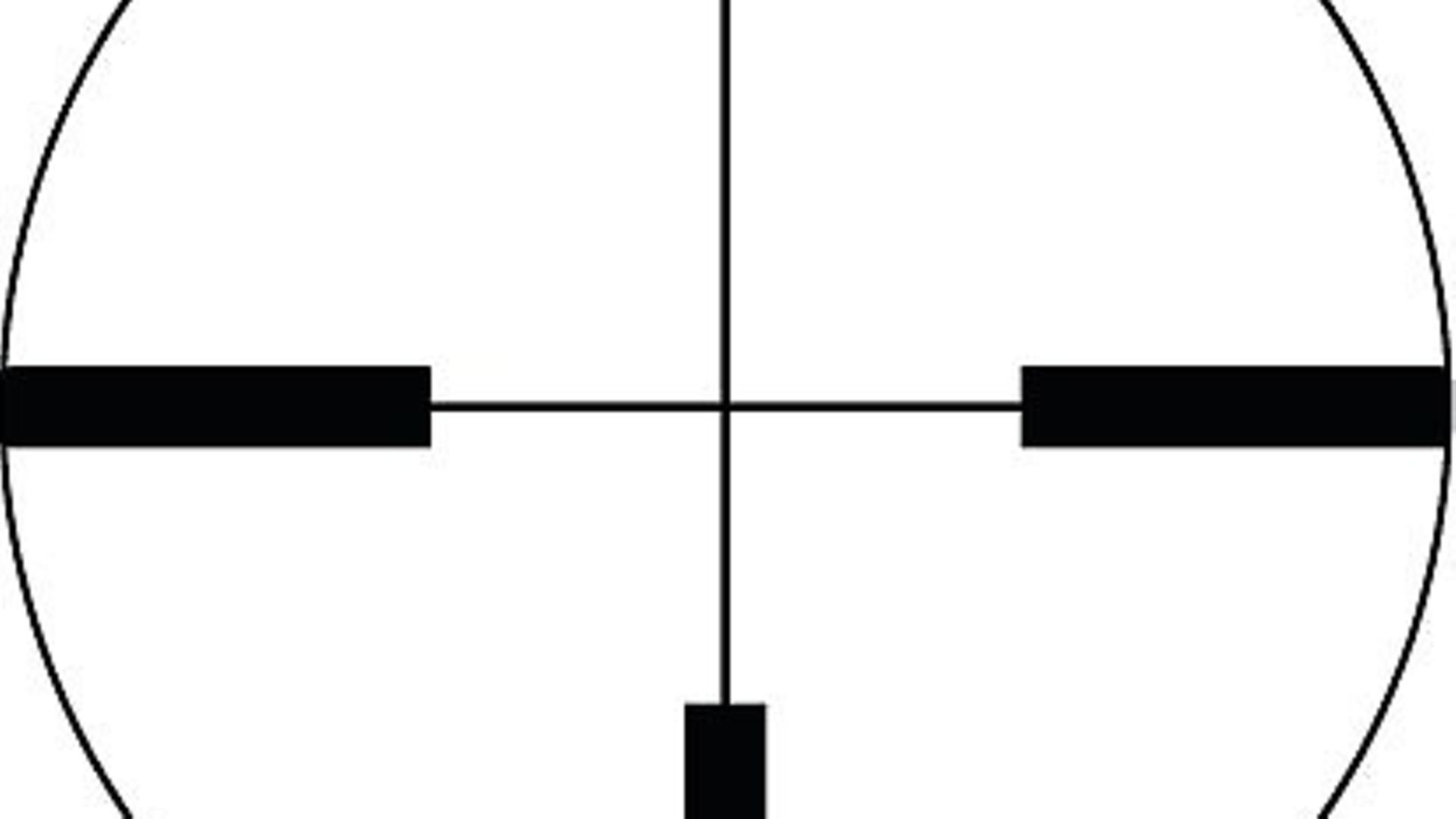 credit: Archant
credit: Archant
Whether you call them reticles, reticules, crosshairs or Christmas trees, this tiny little internal element of any optic is the part we look at the most. Appearing in either the first or second focal plane, this item is the shape with which we aim the rifle, and the variations of it in both size and complexity are almost limitless. But here are a few general factors when choosing one.
The contentious issue with reticules is the first-versus-second-focal-plane debate, something which rivals the metric-or-imperial-click-value argument in ferocity. Just so we’re clear, in reality neither is more accurate than the other. The first focal plane, where the reticle is zoomed in on (as well as the picture) was the first common design and layout to be seen, for which slightly less mechanical precision was required to avoid zero shift when compared to the expanding ret of a first focal plane scope.
Although the old-style crosshairs with wire reticles were common, modern rets are now etched with a laser (pic 1) directly onto the internal glass elements. Coupled with the precision of etching, the once comparatively thick wires have now been replaced by almost limitlessly thin black lines - but beware of going too thin! You might well struggle to see all the details, especially if age and diminishing eyesight are factors. I’ve certainly noticed the change in my eyes over the last 10 years.
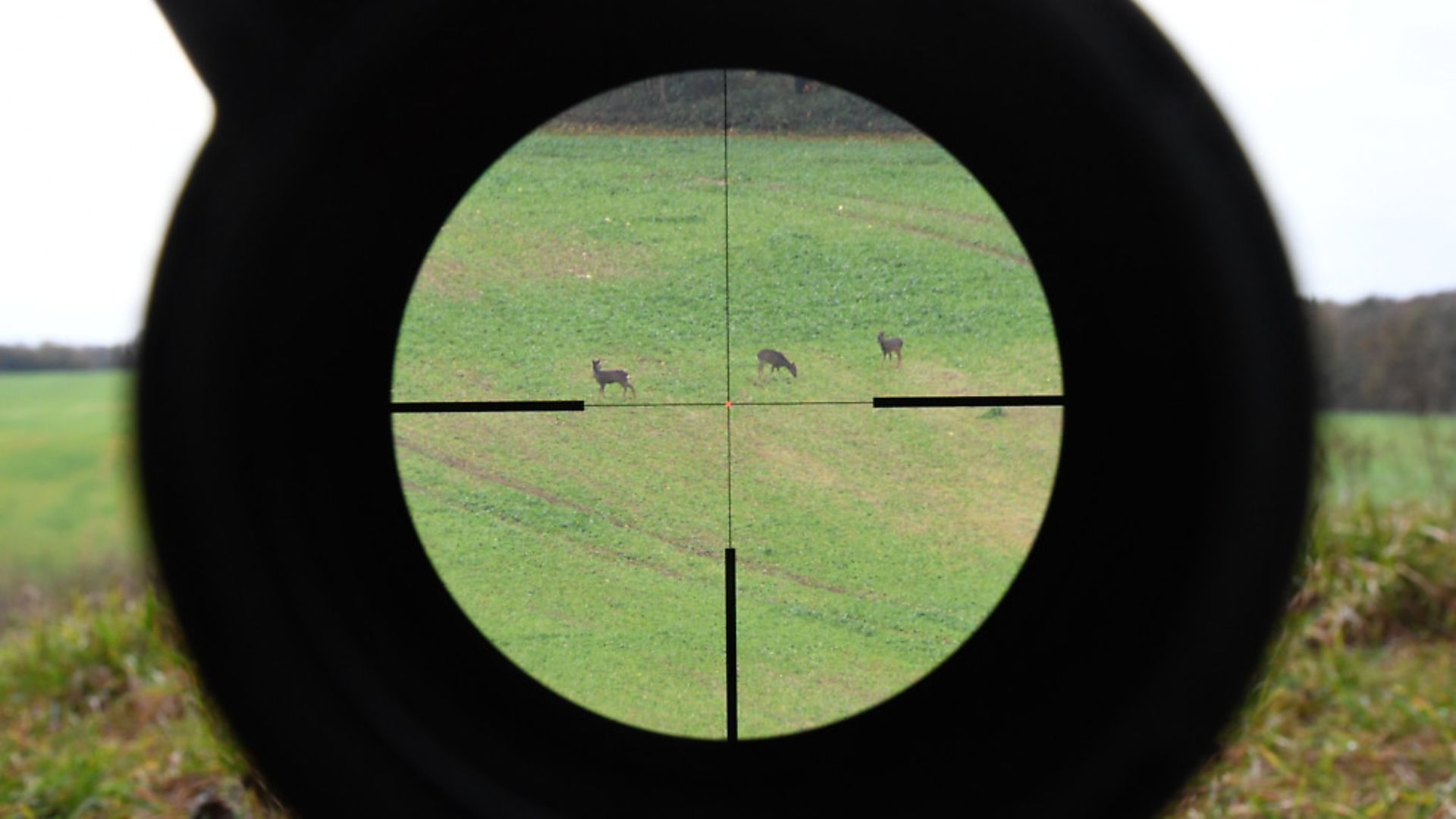 credit: Archant
credit: Archant
As a basic aiming option for hunting, simplicity is often the best way to go. For example, a straightforward No.4 (pic 2) or a slightly finer No.7 reticle, showing heavier outer arms and a finer central crossover. Many have been designed to offer specific species-related dimensions at X range and Y magnification between the outer thicker bars, the so-called ‘30-30.’ But as laser rangefinders become more common, these factors have fallen away from the design criteria.
The addition of illumination is very common (pic 3), and the ability to have a central dot on such a reticle makes it far more visible in front of disruptive backgrounds. The quality of a high-end optic will often show a more perceptible solid red dot, rather than a bright dazzle spot (pic 4).
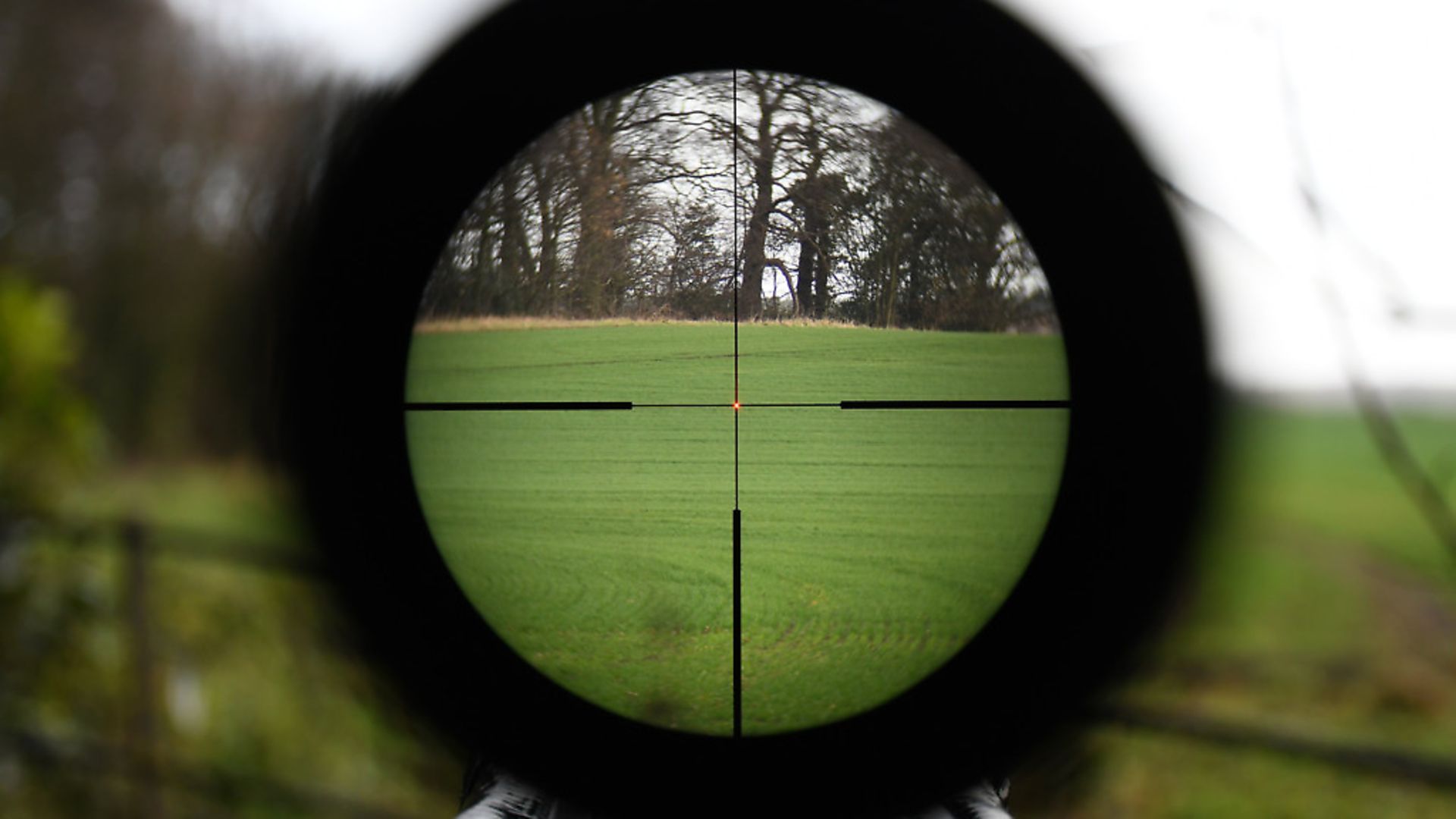 credit: Archant
credit: Archant
If you go for a super fine reticle, like this Swarovski, that illuminated dot is incredibly helpful (pic 5) simply to spot where the lines intersect. As the complexity of the reticle’s shape increases the more of the reticle may be illuminated, all the way from its central cross to sometimes encompassing the entire ‘Christmas tree’ with multiple holdover and wind correction elements illumintated. However, these can become extremely complex (like the Horus in pic 6), which makes it hard to spot or apply the various features and occasionally obscuring the target when watching for bullet impacts.
So overly complex rets, not always the delight you think they might be. These may have been originally designed to show more explicit details on impact, hold-off etc.., or in cooperation with a spotter, allowing fast accurate aim-offs.
Subtension is a specification sometimes listed in instruction manuals, which basically describes how much of the target is covered by the elements of the reticle. For example, we discuss 1cm clicks at 100m. The finest European reticles may `subtend` just 0.5cm at 100m, 0.05mRad, meaning a 1cm aiming spot at this distance would effectively be quartered from the shooters perspective.
 credit: Archant
credit: Archant
However, it’s no good having such fine aiming precision if you can’t see the reticle in poor light, or if the image resolution in full daylight is so weak that shooters subconsciously look around the reticle to see the aiming spot.
Lower priced optics sometimes offer large magnification on second focal plane optics in an attempt to attract buyers with big numbers and, in all honesty, to smooth over the fact that the reticles were comparatively bulky and that without 32x, you couldn’t bisect the aimpoint.
Alternately, with the most expensive premium optics for tactical use (with first focal plane reticles) often have elements that are virtually invisible at 5x, but that grow in importance and visibility within the field of view at 25x. Such designs are often developed by highly qualified shooters for specific needs, and not just as marketing concepts.
Holdover calculation in the second focal plane requires a specific or predetermined magnification setting for easy calculation, 10x often being the most common power level when calculating holdovers. So, with a seconded focal plane scope holdover, adjustments are more complex.
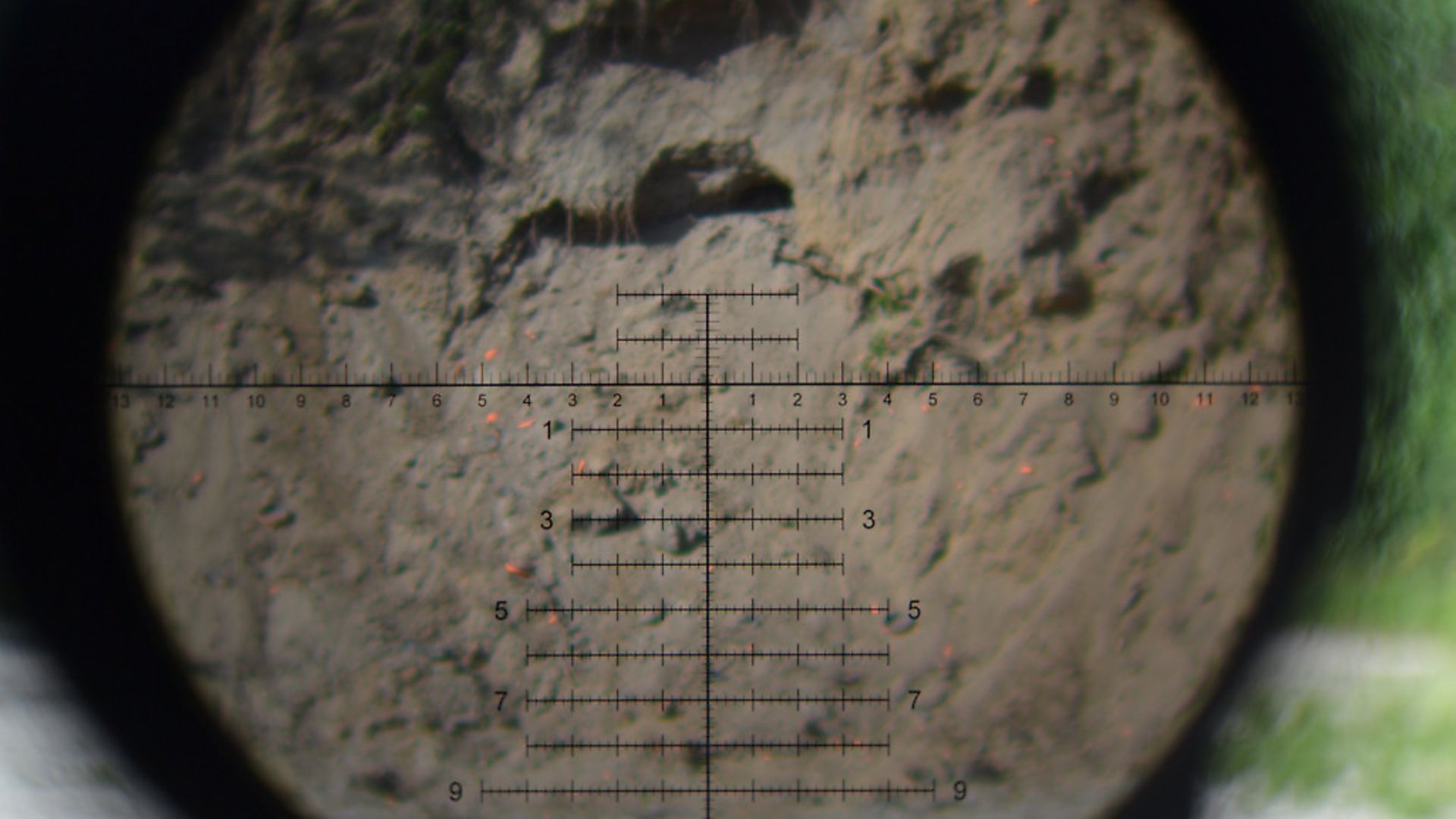 credit: Archant
credit: Archant
At 10x you would generally get 1cm of adjustment per click at 100m (using a metric/Mrad scope). At 50m at 10x the same 1cm adjustment would require 2 clicks, but reduce the mag to 5x and you’re back to just 1 click at 50m. As you can see, it can get quite complicated if you wander away from fixed mags. As a consquence, shooters often tend to use second focal plane scopes at fixed magnifications (5X. 10x, 20X) to minimise any confusion by simply halfing or doubling the basic 10x holdover/click figures.
First focal plane rets correlate perfectly at any magnification, with the target and reticle maintaining their exact size ratio as you zoom in or out, while the second focal plane scope has a reticle that always stays the same in size, with just the target growing or shrinking.
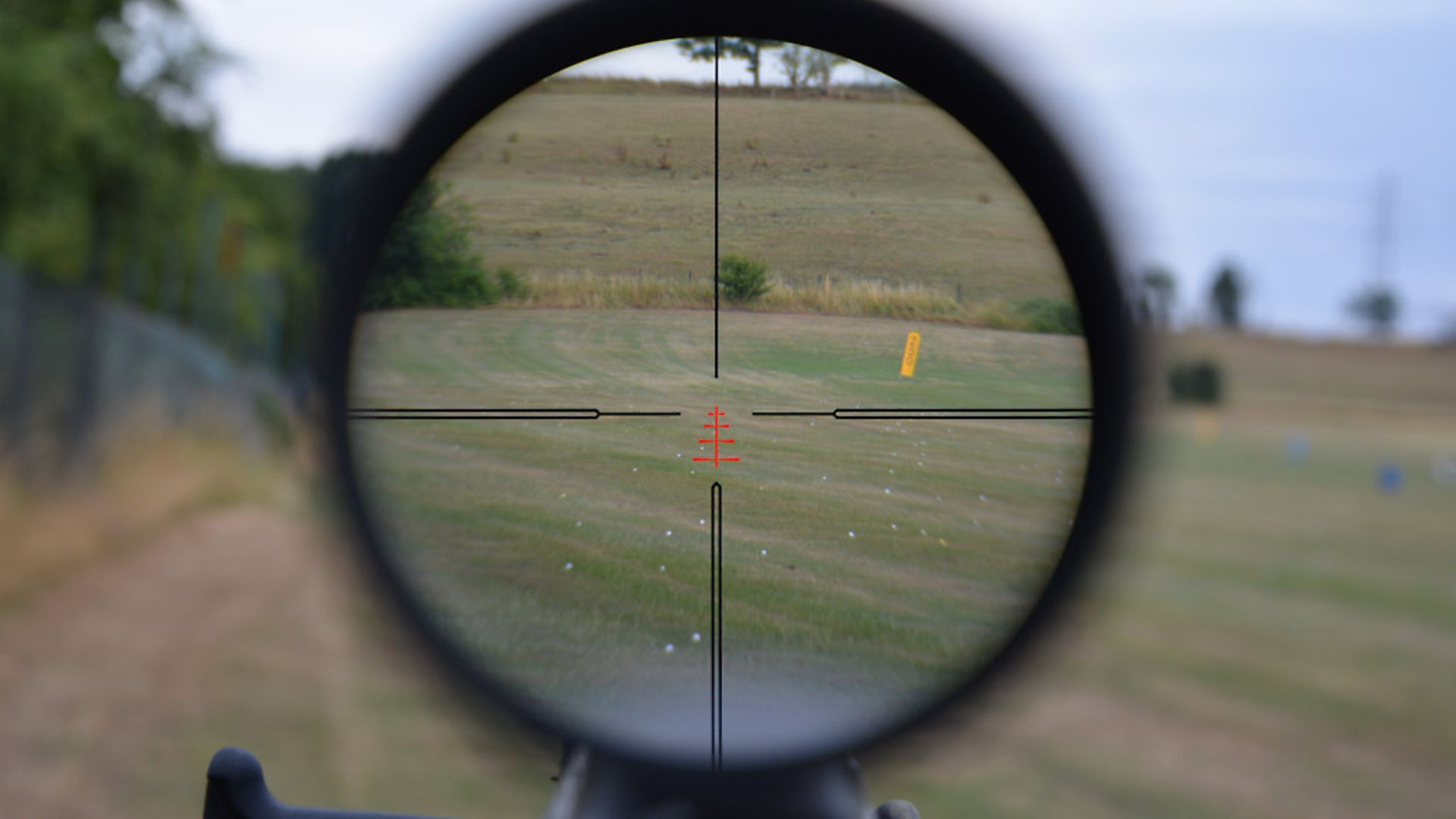 credit: Archant
credit: Archant
The quality and detail of laser etching has allowed secondary reticles to embrace more and more elements for target measurement and tactical applications. These often reside in the lower quadrants, thereby sparing the main reticle from excessive clutter. I’m a metric guy with a love of first focal planes for simplicity, but neither system is superior, just better suited to individuals or specific tasks.
You may come across reticules with other functions too, like the Swarovski dS (pic 9), which displays range and holdover point from an internal LRF/ballistic calculator. Burris and SigSauer offer similar functionality at a slightly lower complexity. It’s only a matter of time before the firing solutions will include range and windage measurement provided by Doppler radars! Technology never stops. Until next time stay safe.
 credit: Archant
credit: Archant
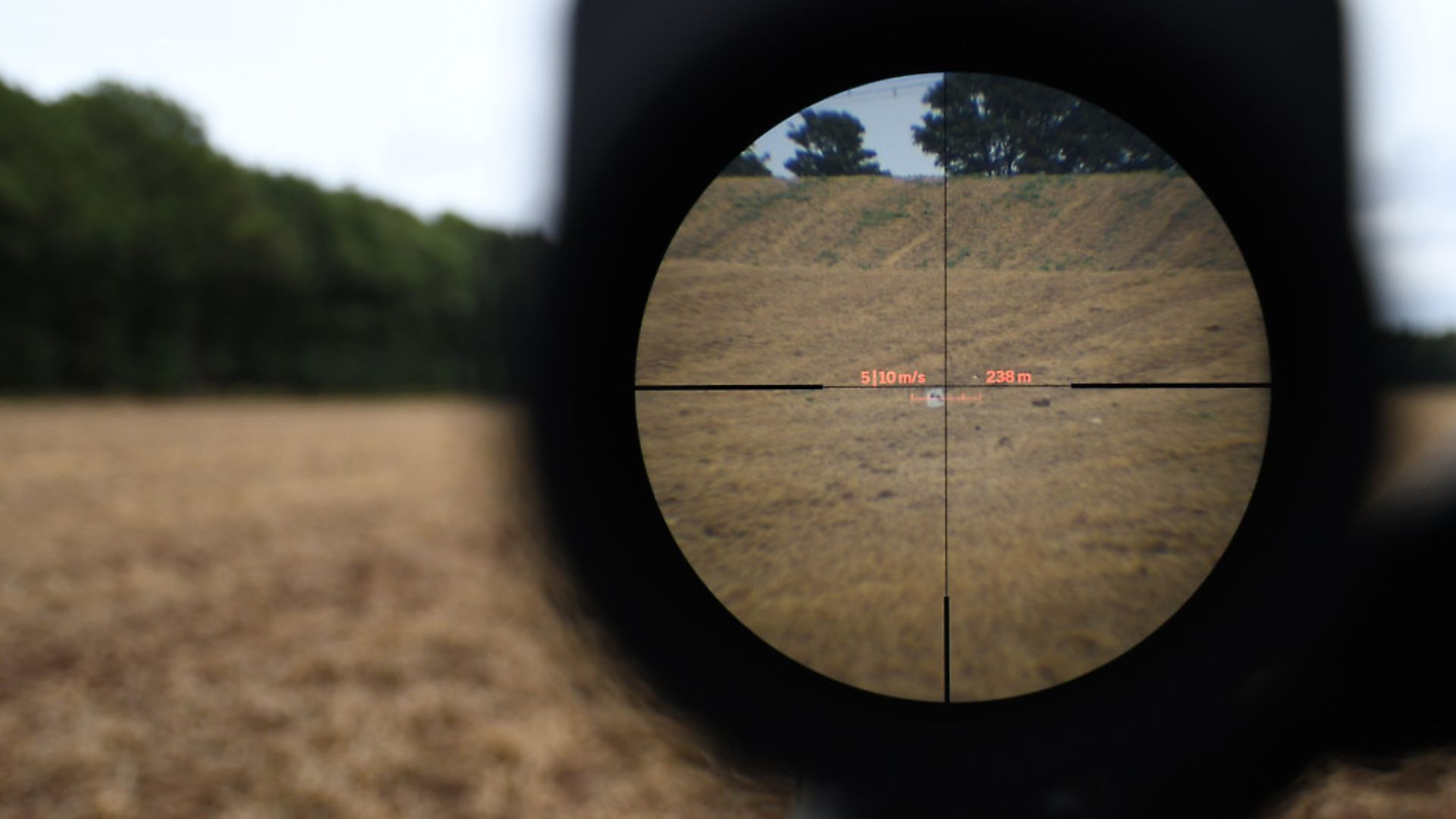 credit: Archant
credit: Archant